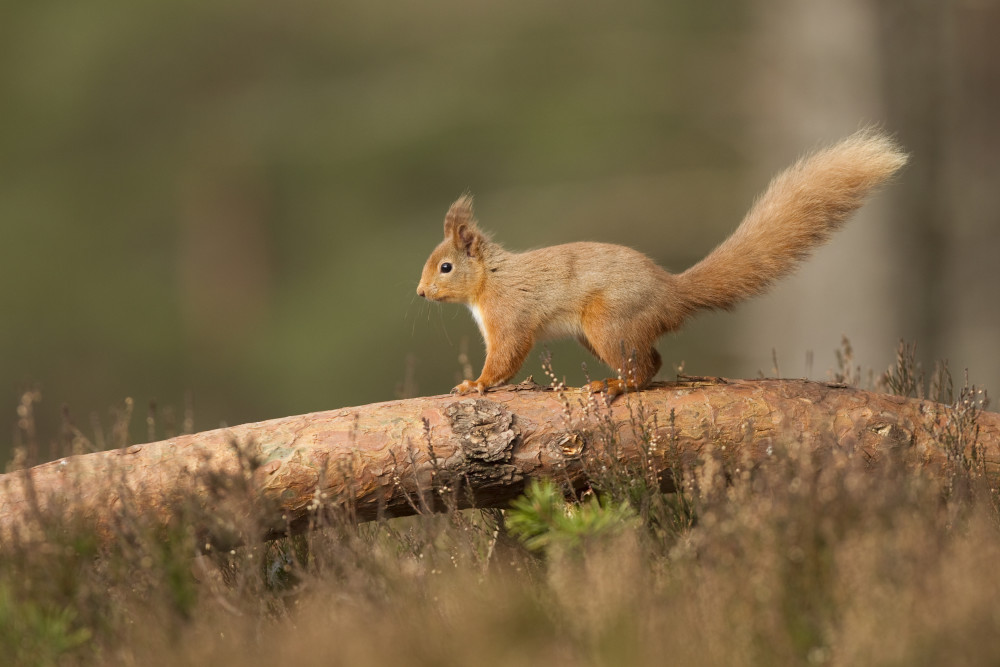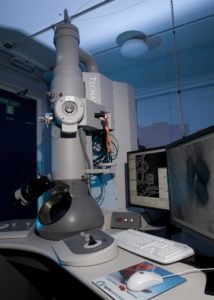Detecting viruses in wild British mammals

Can we use hair samples to detect viruses more easily in wild British mammals?
Funding for this project has now finished
The problem
When carrying out translocations or reintroductions of wild animals there is always a risk of introducing pathogens – bacteria that can cause diseases – to animals already living in the area. Or the newly released animals can be susceptible to pathogens already in the release area. Captive red squirrels are particularly at risk from adenovirus- a virus that spreads rapidly within captive populations where animals are kept at a higher density than normal.
The IUCN – the international conservation body that devises guidelines for conservation strategies around the globe – requires that red squirrels in captivity, and wild ones in areas where captive ones are due to be released, are tested for various pathogens and diseases. These include adenovirus, but also the more well-known squirrelpox virus (SQPV). Both diseases are known to have catastrophic consequences for the species.
Currently testing individual animals for bacteria can be stressful for them– for example when taking blood samples, especially if the animals need to be anaesthetised in the field. So finding a less invasive, efficient method would be really beneficial.
The solution

Our team are going to see whether taking hair plucks, and analysing the DNA, is a reliable method that can be rolled out in the future. Using a technique called polymerase chain reaction (PCR) assay, the team will see if they can amplify the adenovirus DNA from hair root bulbs sufficiently to detect it, in comparison to results from spleen tissue. Testing tissue from the spleen will show conclusively whether the animal has the disease or not – so testing that same animal’s hair plucks alongside it will give us a definitive answer on how accurate hair plucks can be in revealing whether an animal carries a pathogen or not.
This study will see if adenovirus can be detected in hair root bulbs from grey squirrels from woodland areas in Gwynedd, north Wales, comparing the results to those from their spleen tissue. The team will also undertake PCR analyses for adenovirus DNA in both sample types from red squirrels across Britain. This comparison will help determine whether this less invasive sampling technique could be as effective as more traditional tissue sampling methods for such viral surveillance. And if it is, then hair root bulb analyses can be used to sample endangered species from captive breeding programmes in collections, and in resident population, both of which are essential for the success of wildlife translocation projects.
Thank you to all our donors who helped us fund this work. You can help us support more projects like this with a donation today:
